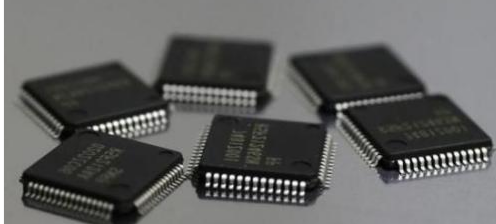Demand for automotive electronics systems is growing rapidly
With the gradual approach of new technologies and applications such as electric vehicles, networked vehicles, and autonomous driving in recent years, the automotive industry is experiencing a surge in demand for automotive semiconductor devices such as micro control units, sensors, and memories. Semiconductor manufacturers are beginning to enter the automotive industry supply chain. Playing an increasingly important role, experts predict that the development opportunities in the automotive semiconductor industry are gradually emerging.
According to a report on the semiconductor industry released by Deloitte in Shanghai recently, the popularity of safety-related electronic systems has exploded in the automotive industry. By 2022, the cost of automotive semiconductor components will reach $600 per vehicle. In the next decade, the development of automation, electrification, digital interconnection and security systems will drive the growing number of semiconductor components in automotive electronics and subsystems. This is due to the increasing use of electronic components for in-vehicle safety functions. Among the various applications driving semiconductor growth, advanced driver assistance systems have the largest increase, which will drive a corresponding increase in demand for integrated circuits, micro-control units and sensors.
According to experts, after the long-term development of the automotive industry, the automotive electronics pre-assembly with safety and comfort as the core has been realized. As early as 2004, only one-quarter of the factory vehicles had built-in airbags, while vehicles with front-mounted power seats were less than 50%. However, driven by government regulation and consumer demand, safety-related electronic systems are rapidly gaining popularity. Today, innovation in the automotive industry is mostly seen in electronic systems rather than mechanical. From 2007 to 2017, the cost of automotive electronics increased from about 20% to about 40%. Semiconductor costs (ie, the cost of electronic system components) have increased from $312 per vehicle in 2013 to about $400 today. Automotive semiconductor suppliers are benefiting from a significant increase in demand for micro-control units, sensors, and memory.
In recent years, the automotive industry has undergone tremendous changes, and the development of technologies such as artificial intelligence, electric vehicles, driverlessness, energy storage and network security will reshape the automotive industry. The industry generally believes that automation, electrification, digital interconnection and security, these four trends will promote the growing number of semiconductor components in automotive electronics and subsystems in the next decade.

The automotive industry is not an unfamiliar market for semiconductor manufacturers. Many manufacturers have entered the automotive field many years ago. However, due to the lack of customer size and long process validation cycle, the automotive market was not an important source of revenue for semiconductor manufacturers. Today, with the growing demand for automotive electronics such as advanced driver assistance systems, artificial intelligence, digital interconnects and sensors, the automotive semiconductor market is showing broad prospects.

